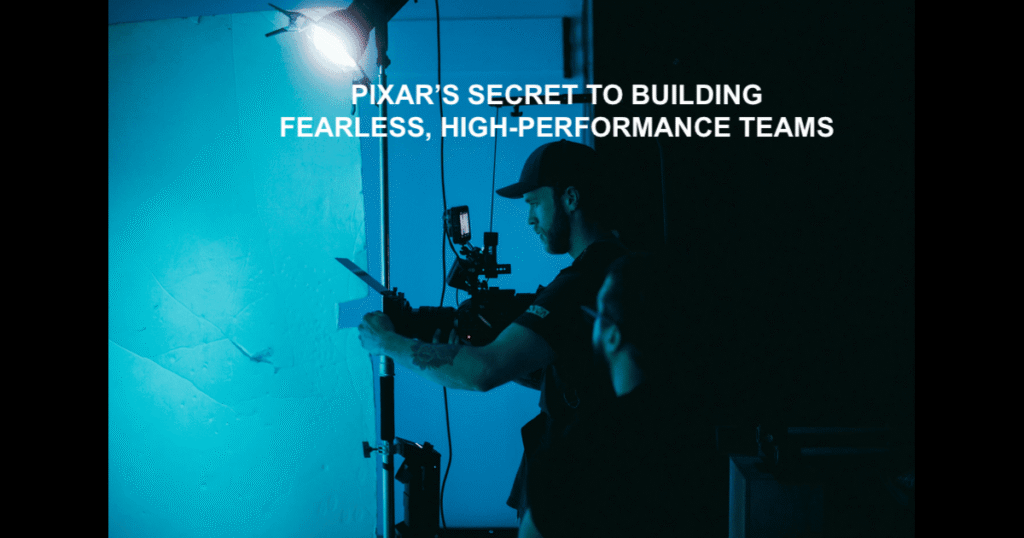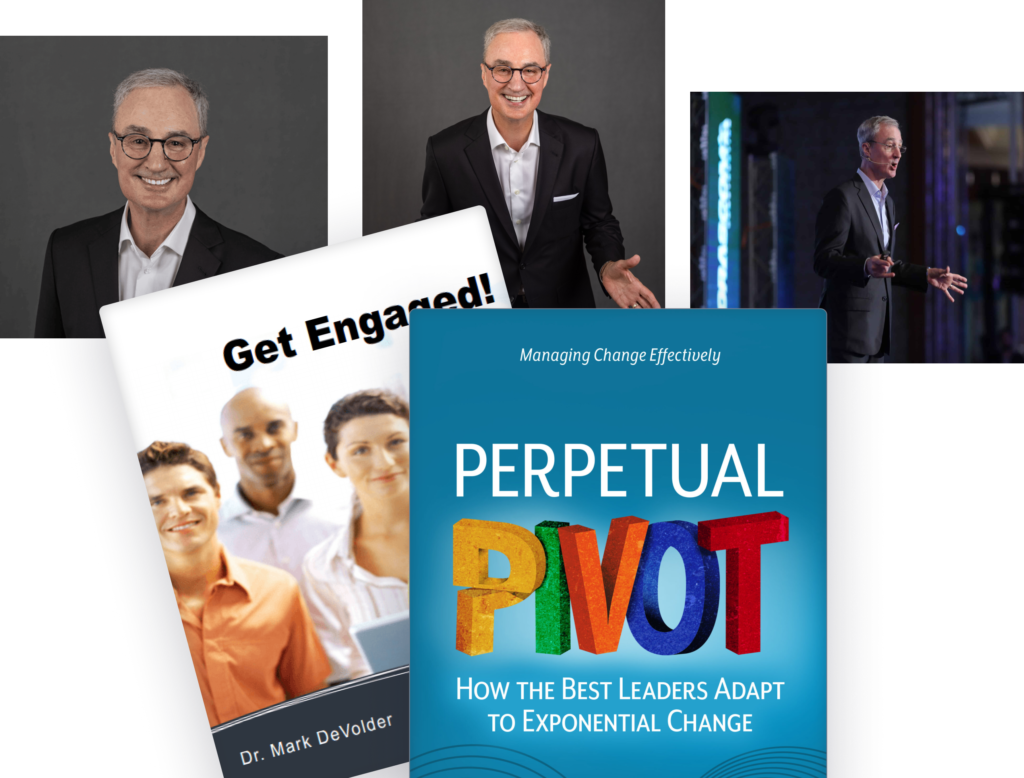Are people born courageous, or is courage something we discover only when the moment demands it?
The answer might surprise you. Research shows that courage is not a fixed trait, but a learnable skill, one that leaders at every level can and should develop. Yet the kind of courage that rises in moments of crisis, uncertainty, or moral complexity goes beyond personality or confidence. It is not just a trait, it is a mindset.
In business, courage is often mistaken for a willingness to take risks without hesitation, for fearlessness, or for the absence of doubt. But real courage, the kind that shows up in moments of crisis, uncertainty, or moral complexity, is something deeper. It’s not just a trait. It’s a mindset… the Mindsets of Bold Leadership.
Leadership expert Ranjay Gulati argues that courage can be cultivated through intentional practice. In his book, How to Be Bold: The Surprising Science of Everyday Courage, Gulati outlines how leaders develop courage not by waiting for the perfect moment, but by shaping how they think, prepare, and respond. These aren’t just actions. They’re mental habits, five mindsets that redefine bold leadership.
To see these mindsets in action, consider the story of Scott Ruskan, a 26-year-old Coast Guard rescue swimmer who found himself in the middle of a deadly flood, with no backup, limited communication, and nearly 200 lives depending on him. What he did next wasn’t just brave. It was a masterclass in courageous thinking.
When the Guadalupe River surged 26 feet in under an hour, Camp Mystic, a girls’ summer camp located in the Texas Hill Country, was swallowed by floodwaters. Nearly 200 people, including 165 children, were stranded. Ruskan was dispatched to the scene alone, with no radio, no cell service, and no clear plan. The situation was chaotic. But instead of freezing, he stepped into the torrent and began saving lives.
One of the most foundational Mindsets of Bold Leadership is purpose-driven framing. As panic spread, Ruskan didn’t just see a disaster. He saw a mission. He wasn’t there to perform a task. He was there to protect lives. That moral clarity gave him focus. In the absence of orders or communication, he created his own story: “I’m here to help. I will get them out.” That internal narrative became his compass, guiding him through the chaos.
The second mindset of courageous leadership is confidence through preparation. Ruskan’s courage didn’t come from bravado. It came from training. He had spent months preparing for moments like this, rehearsing rescues, conditioning his body, and sharpening his mind. Though this was his first real mission, he didn’t hesitate. His confidence was rooted in competence. When the moment came, he trusted his preparation and let it guide him. That trust in his own readiness allowed him to act decisively when others froze.
Another one of the Mindsets of Bold Leadership is simplifying complexity. The scene was overwhelming, floodwaters everywhere, terrified children, no communication. But Ruskan didn’t let fear paralyze him. He broke the chaos into small, manageable actions. One child at a time. One rooftop at a time. One helicopter lift at a time. By narrowing his focus, he turned a massive crisis into a series of solvable problems. That’s how bold leaders move through uncertainty, not all at once, but step by step.
The fourth mindset is collaborative resilience. Though Ruskan was the only trained rescuer on site, he wasn’t alone. He worked with camp staff, who helped organize the children. He coordinated with helicopter crews, who lifted people to safety. In the absence of formal structure, he built temporary alliances. Courage doesn’t mean going solo. It means knowing when to lean on others to amplify your impact. Ruskan’s ability to collaborate under pressure made the rescue possible.
The last of the Mindsets of Bold Leadership is emotional regulation and reframing. In the middle of a life-threatening flood, Ruskan remained focused and composed. That kind of calm doesn’t just happen. It’s cultivated. His training included mental tools such as breathing techniques, reframing exercises, and routines that helped him stay grounded. Instead of spiraling into fear, he reframed the moment as a challenge he was ready to meet. That mindset made all the difference.
Scott Ruskan’s story shows us that courage isn’t just about heroic instincts. It’s about intentional mental habits. Gulati’s five mindsets offer a roadmap for building boldness in our own lives. We can define our mission by asking what story we’re living and what purpose drives us. We can prepare relentlessly, building skills and strengthening our minds. We can break down the chaos by focusing on what we can control. We can find our allies, people who support and challenge us. And we can train our mindset through rituals, reframing, and emotional discipline to stay steady under pressure.
Courage isn’t reserved for rescue swimmers or first responders. It’s a leadership skill that can be developed, refined, and applied in every boardroom, crisis, and decision that matters. The leaders who thrive in uncertainty aren’t just bold by nature — they think differently, prepare deliberately, and act with purpose.
In times of disruption, complexity, and change, the question isn’t whether you’ll face challenges. It’s whether you’ll be ready to lead through them.
Master the Mindsets of Bold Leadership. Lead with Courage. Shape what comes next.
Dr. Mark DeVolder is a Top Change Management & Transformation Expert, Award Winning Motivational Keynote Speaker Empowering Confidence through Change. Mark can teach you how to change, anticipate business trends and accelerate future-proof transformation. He’s done it before with industry leaders like Qatar Petroleum, PepsiCo, Royal Bank of Canada and Pfizer.





